
The Allagash Wilderness Waterway is located in northern Maine, USA. It spans 92 miles from Telos Landing near Baxter State Park to the town of Allagash. This waterway is known for its pristine wilderness, offering opportunities for canoeing, kayaking, fishing, and camping amidst beautiful natural scenery.

The Allagash Wilderness Waterway was established in 1966. It was designated as a protected area to preserve the natural beauty and recreational opportunities of the Allagash River and its surrounding wilderness in northern Maine.
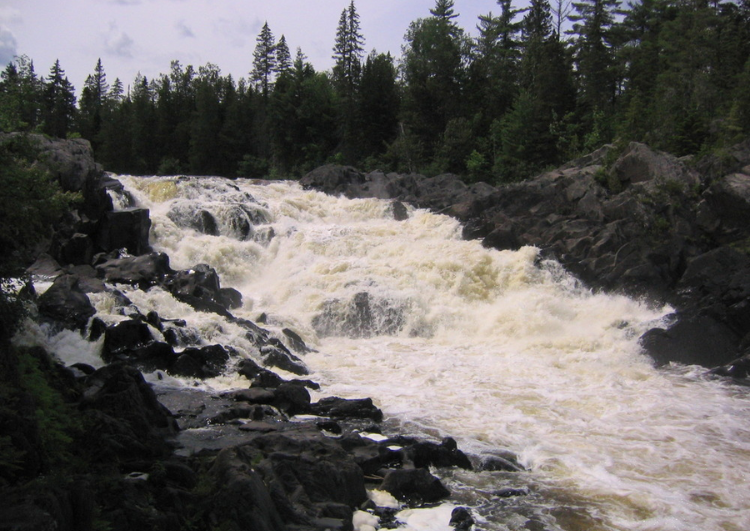

The Allagash Wilderness Waterway wasn't "invented" by a single individual; rather, it was established as a protected area by the Maine State Legislature in 1966. The idea for its establishment likely came from various stakeholders, including conservationists, outdoor enthusiasts, and government officials who recognized the importance of preserving the natural beauty and recreational value of the Allagash River and its surrounding wilderness.
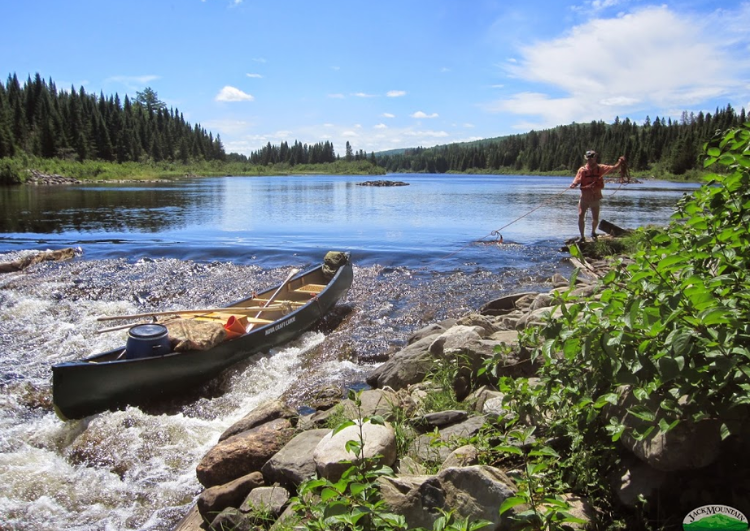

The Allagash Wilderness Waterway is named after the Allagash River, which flows through the heart of the wilderness area. The term "Wilderness Waterway" emphasizes the remote and undeveloped nature of the region, highlighting its status as a protected area with limited human impact. The Allagash River itself originates in northern Maine and flows through forests, lakes, and wetlands, offering a pristine environment for outdoor recreation and wildlife habitat. Thus, the name "Allagash Wilderness Waterway" encapsulates the combination of wilderness, water resources, and designated routes for canoeing and kayaking along the river.

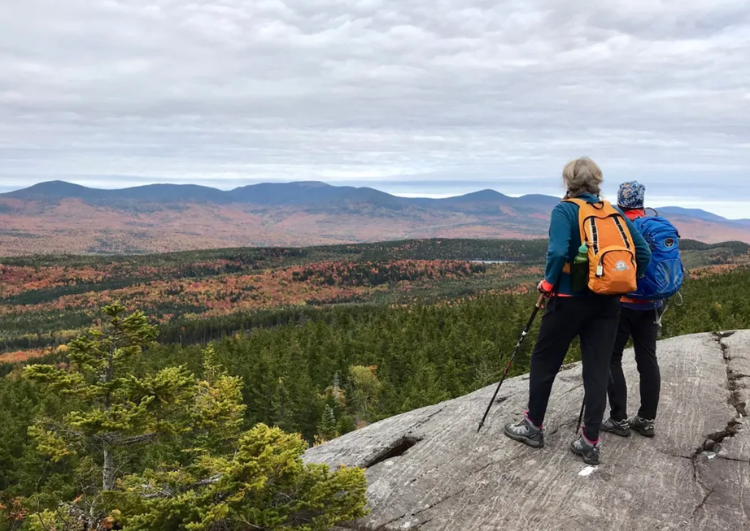
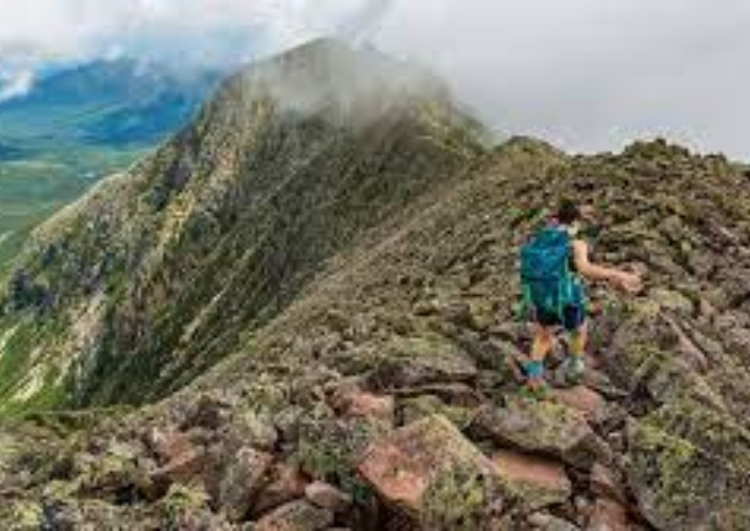

While the Allagash Wilderness Waterway is primarily known for canoeing and kayaking, it also offers opportunities for hiking enthusiasts to explore its surrounding wilderness. Here's why it's appealing to hikers:
1. Scenic Trails: The Allagash region features various scenic trails that wind through forests, along riverbanks, and around lakes. Hikers can enjoy breathtaking views of the river, waterfalls, and diverse wildlife along these trails.
2. Remote Wilderness: The Allagash Wilderness Waterway is located in a remote and pristine wilderness area, providing hikers with a sense of solitude and immersion in nature. It offers a peaceful environment away from the hustle and bustle of urban life.
3. Diverse Terrain: Hikers can encounter a variety of terrain, including dense forests, rocky outcrops, and rolling hills. This diversity adds to the adventure and challenge of hiking in the region.
4. Wildlife Viewing: The Allagash area is home to a wide range of wildlife, including moose, black bears, deer, and various bird species. Hikers may have the opportunity to observe these animals in their natural habitat.
5. Camping Options: Hiking in the Allagash Wilderness Waterway often involves overnight trips, and there are numerous designated campsites along the river and trails. Hikers can camp under the stars, cook over a campfire, and fully immerse themselves in the wilderness experience.
Overall, the Allagash Wilderness Waterway offers hikers the chance to explore a remote and beautiful wilderness area, with scenic trails, diverse terrain, abundant wildlife, and opportunities for camping and outdoor adventure.



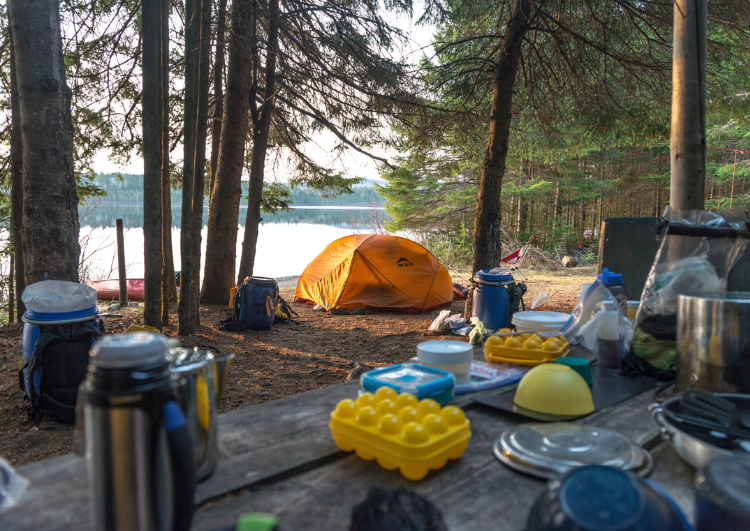
Hiking in the Allagash Wilderness Waterway can be enjoyable throughout the year, but the best time for hiking may vary depending on personal preferences and the specific experiences you seek. Here's a breakdown of hiking conditions during different seasons:
1. **Spring (March to May)**:
- Spring brings melting snow and rising water levels, which can create challenging hiking conditions due to muddy trails and potentially swollen rivers.
- However, spring is also a time of renewal, with blooming wildflowers, budding trees, and increased wildlife activity. Hiking during this time allows you to witness nature awakening after winter.
2. **Summer (June to August)**:
- Summer is the peak season for hiking in the Allagash Wilderness Waterway. The weather is generally warm, and the days are long, providing ample time for exploration.
- Trails are typically dry, making hiking more comfortable. Additionally, the rivers are suitable for canoeing and kayaking, offering a refreshing way to explore the area.
3. **Fall (September to November)**:
- Fall is a popular time to visit the Allagash region due to the spectacular display of fall foliage. The forests are ablaze with vibrant hues of red, orange, and yellow, creating a stunning backdrop for hiking.
- The weather is cooler than summer, but still comfortable for outdoor activities. Fall also brings fewer crowds compared to the peak summer months.
4. **Winter (December to February)**:
- Winter transforms the Allagash Wilderness Waterway into a winter wonderland, offering unique opportunities for snowshoeing and cross-country skiing.
- Trails may be covered in snow, so hikers should be prepared with appropriate gear and clothing for cold conditions. Additionally, the shorter days and colder temperatures require careful planning and preparation for outdoor adventures.
Ultimately, the best time for hiking in the Allagash Wilderness Waterway depends on your preferences for weather, scenery, and outdoor activities. Each season offers its own charms and challenges, so consider what experiences you prioritize when planning your hiking trip.